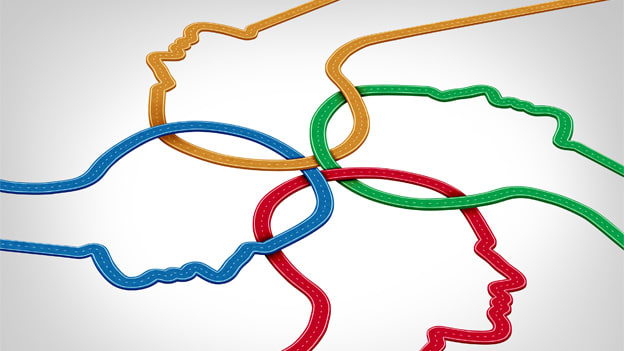The significance and benefits of diversity

In a globalized economy, organizations have no choice but to evolve and cater to the continuous demands of the market. They need to stay relevant by being agile and adapt to evolving technologies and needs of customers. Fostering a diverse and inclusive workforce helps businesses power innovation, improve their bottom lines and access talent across different demographics. It is only a diverse workforce that has the capacity to innovate by incorporating different perspectives to bring new ideas to life. Case in point, the auto industry that developed airbags for an averaged size man for a long time without taking into consideration women, children and elderly people— who were at risk of serious injuries. In these instances, it brings into focus the need of diverse viewpoints in building products and services that cater to all.
In my personal life as well, diversity has played an important role in helping me become the person I am today. It started when my parents immigrated to Canada from the Slovak Republic with my brother and sister. While my family was in Canada we embraced the Canadian culture but we also kept our Slovak traditions alive. Growing up in Canada, a melting pot of cultures, religions and traditions, I’ve always been surrounded by diversity. This, in turn, has shaped my outlook in life. I truly believe that it is our differences that make us unique. And when you bring these differences together and make them work, it has the potential to change the world for the better.
People often wonder how I adapt to new environments when I take up opportunities to work in different parts of the world. The truth is that I love to learn new things and constantly challenge myself. I am blessed to have had the opportunity to work across geographies, businesses and grow my career. From Canada, I moved to Germany when I joined SAP. From there I went to Switzerland and now, here I am, in India. I have enjoyed the opportunity to work with so many different people and cultures. It has pushed me out of my comfort zone.
India as a country is so diverse in terms of language, traditions, religion, culture, etc. and I wanted to experience this diversity. It is also an exciting time to be here in India. As the third largest economy in the world there is tremendous growth and learning opportunity here.
It’s been close to a year now since I moved to India and in this time I’ve come to understand how this vibrant market unit functions. For a company as dynamic as SAP in India, we have come to realize that we need to build a workforce that can help our organization stay relevant and ahead of our competition. By encouraging diversity and inclusion in ideas and perspectives we can creatively solve complex problems and engage with our employees, customers, and partners. One of our biggest challenges is to find the right talent and bridge the gap between demand and supply. Through our Autism at Work program, we have been able to tap into the underutilized source of talent of people belonging to the autism spectrum. In May 2013, SAP announced its objective to have 1% of its global workforce represented by employees in the autism spectrum. Today we can proudly say that at SAP in India we have 16 employees who belong to the spectrum.
Another area of change has been to incorporate generational diversity at the workplace. As more millennials join the workforce, we have learned to adapt our culture and enable our managers to handle expectations from different generations. If the early talent brings with them fresh ideas, the mature talent in the organization brings with them wisdom and experience. Our world is constantly being transformed by digitization. Millennials are entering the workforce at a time when organizations are looking to innovate and stay ahead of the curve. At SAP we want to take advantage of this unique opportunity to learn from the millennials and the next generation through reverse mentoring. This role reversal helps to engage our early talent in influencing the organization and the management. Ultimately, we believe that when different generations work together it helps build an environment that promotes creativity and incorporates intelligence into developing products that have the potential to change the world.
At SAP, we have found that diversity and inclusion have vastly improved the overall company morale and employee engagement, which in turn has resulted in positive financial implications. As a proudly diverse organization, we have set ambitious goals to further our commitment to creating a diverse and inclusive work environment like 25% women in leadership positions by 2017, bringing women Back-to-Work from maternity sabbatical, etc. We also strongly believe in building businesses beyond bias. As a technology company, we realize that the most scalable way to bring about change is to build products and software that challenge the existing status quo. Hence, in our SuccessFactors suite, we have brought about enhancements that enable businesses around the globe to remove bias from decision making through analytics along all elements of the employee lifecycle. For example, with the SuccessFactors Job Profile sentiment analysis, recruitment teams can auto-scan job profiles for gender biased wording.
Diversity and inclusion today forms the crux of an organization’s business strategy. If organizations want to stay relevant by understanding and engaging with their customers, partners, and employees, they then need to commit to making their workplaces more inclusive and diverse.













